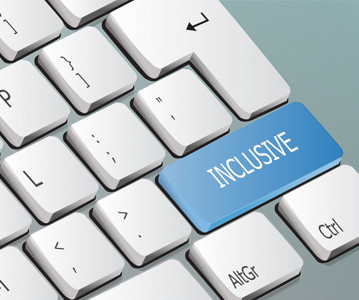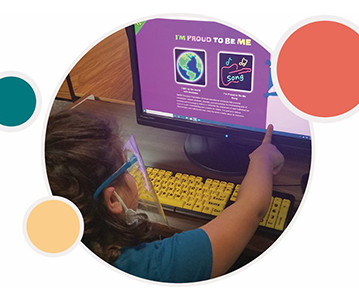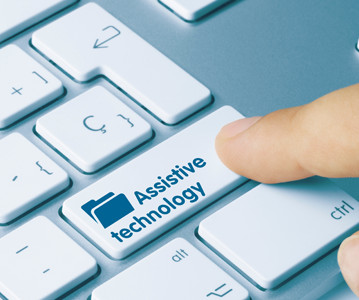Using Inclusive Technology to Break Barriers and Empower Learners
edWeb.net
AUGUST 4, 2023
Watch the Recording Listen to the Podcast During the edLeader Panel “ Inclusive Technology: Breaking Barriers and Empowering Learners ,” prominent education leaders emphasized the critical role of integrating inclusive technology systems within schools. Department of Education’s Office of Special Education Programs.























Let's personalize your content